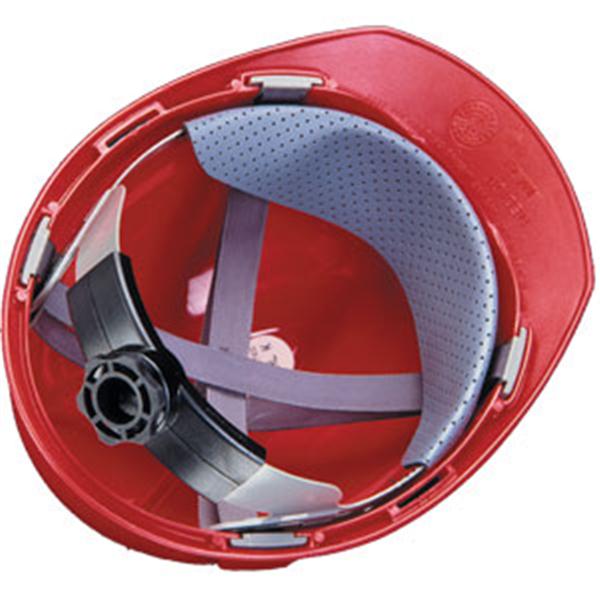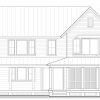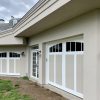The first U.S. construction project to require the use of hardhats by employees dates back to the Hoover Dam project, which began construction in 1931. Hardhats were also a mandated requirement on the Golden Gate Bridge job to protect workers from falling rivets. It’s an undisputed fact that hardhats protect workers every day from hazards on construction projects. However, hardhats require inspections and proper care to provide the protection they are designed to provide.
Follow these standard practices for using hardhats:
- Inspect the hardhat shell for cracks, nicks, dents, gouges, and damage caused by impact, penetration, abrasions, or rough treatment. If the hardhat is made of thermoplastic, also check for evidence of degrading of the plastic, such as brittleness, fading, stiffness, or chalkiness. These signs may indicate the plastic no longer provides adequate protection. This can occur from direct exposure to sunlight over an extended period of time. Do not stor your hardhat in direct sunlight.
- Inspect the hardhat suspension regularly. Look for crack or splits in the suspension. Make sure any straps are fully intact with no cuts or fraying. Each attachment “lug” should be fully engaged with no broken ends, splits, or cracks.
- Never modify or alter hardhats by drilling holes or reversing the suspension within the shell. Follow the manufacturer’s guidelines for using hardhats and when using any approved attachments such as ear protection, face shields, winter liners, or sun shades.
- If your hardhat has been struck by an object or dropped a significant distance, it should be replaced. Use the manufacturer’s recommendations on replacements when subject to impact forces.
- Harhats have a limited useful life. Each hardhat has a manufacture date on the hardhat, and each manufacturer provides guidelines on when hardhats should be replaced – usually in the two to five year range. However, if you work in harsh environments such as extreme heat or cold, are subject to chemical exposure or continued ultraviolet (sunlight), replacement will be more frequent, even if not subject to impact.
- Never place objects between your hardhat shell and suspension. Keep hardhat stickers to a minimum. Hardhat stickers do not affect the integrity of the hardhat, but they do affect your ability to properly inspect the hardhat.











